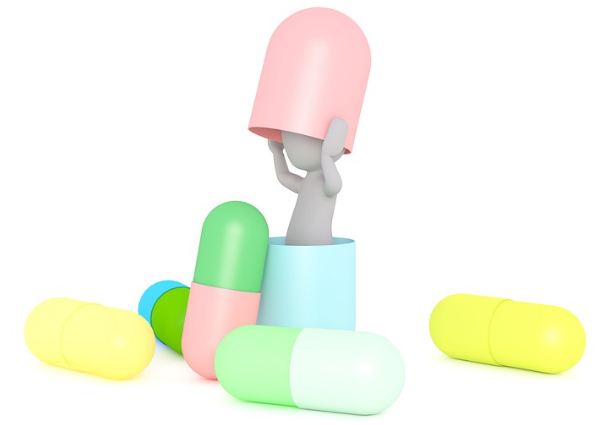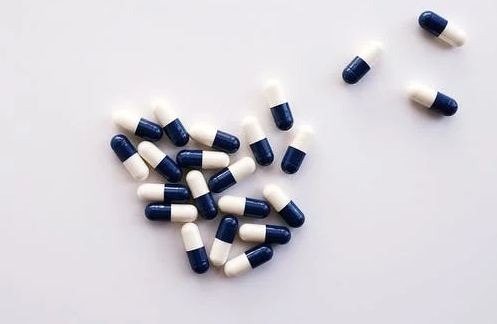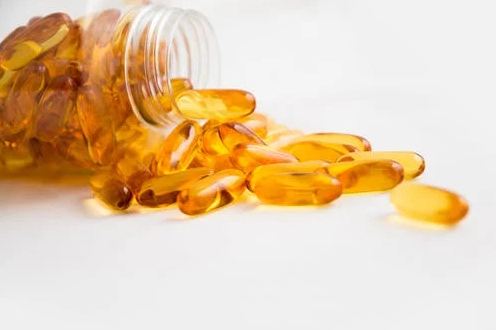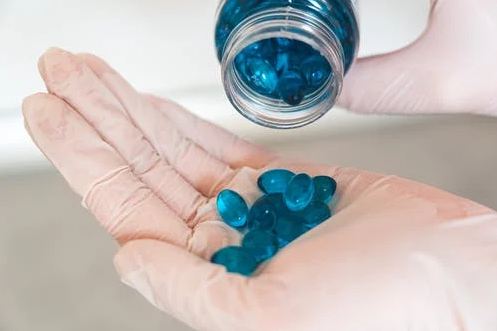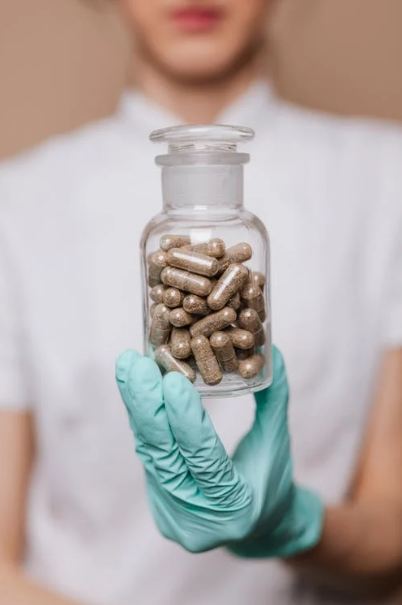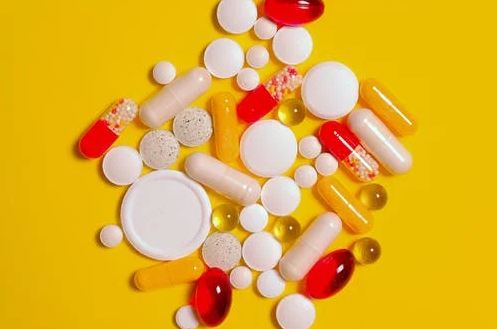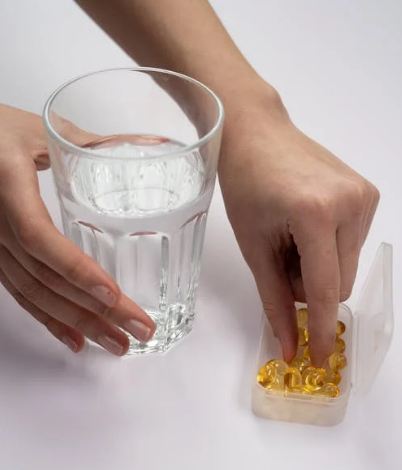A solid form of dosage enclosed in a hard or soft soluble container is known as a capsule. A capsule a dosage form in medication is used in our day-to-day health management. There are a variety of capsules available for health management. They are made up of gelatin, which is a hard or soft shell for the capsule. There are non-gelatin capsules too. They are derived from the hydrolysis of collagen. An acid, alkaline, enzymatic, or thermal hydrolysis from animals or they are sometimes cellulose-based.
Types of Capsules
Hard-Shelled Capsules
The gelatin used in the manufacturing of hard-shelled capsules in the most common capsule obtained from collagenous material by hydrolysis. The use of gelatin for capsule shells is safe, natural, clean, non-allergic, and economical. The hard gelatin capsule ranges from largest to smallest size. The sizes are mentioned as:
- 000
- 00el
- 00
- 00xel
- 00el+
- 0el
- 0
- 0el
- 1, 2, 3, 4, 5
HPMC Capsules
HPMC (Hydroxypropyl Methylcellulose) capsules are stable at low humidity levels. The low moisture content is 3 to 8 percent with a low static charge. The size of these natural capsules is from 00 to 4. HPMC does not have a cross-linking reaction, so they are best suitable for highly reactive molecules. HPMC is more suitable for moisture-sensitive products than hard gelatin capsules.
HPMC is not of animal origin and it does not pose a risk of contamination with other organisms in the atmosphere to cause Bovine Spongiform Encephalopathy (BSE) or Transmissible Spongiform Encephalopathy (TSE). They are best for hygroscopic products and relatively low humidity applications. HPMC capsules are used in OSD pharmaceuticals, dietary supplements, herbal products, and nutraceuticals.
Fish Gelatin Capsules
Marine caps are made of fish gelatin and they do not pose a risk of TSE or BSE. They are used to fill marine supplements, especially Eicosapentaenoic Acid (EPA). EPA is rich in fish oil.
Starch Capsules
Potato starch is used to make starch capsules. Their pH is independent in dissolution. They are suitable for enteric coating. Starch capsules have a moisture content of 12 to 14 percent w/w with a tight bound of more than 30 percent.
Pullulan Capsules
Pullulan capsules are vegetarian capsules made from tapioca. Tapioca is naturally fermented into pullulan. They are a high barrier to the provision of oxygen.
Polyvinyl Acetate (PVA) Capsules
Insoluble drugs dissolved in polyethylene glycol (PEG) 400 are filled in PVA capsules. PEG 400 is not compatible with other hard capsules when used as a single-vehicle. In PVA, the oxygen permeability is low and provides a high oxygen barrier.
Liquid-Filled Hard Capsules (LFHC)
Two-piece hard capsules are made of gelatin or HPMC. They are used for filling and band sealing the paste, suspension, hot melts, non-aqueous liquid, and other vehicles that melt up to 70 degrees. LFHC can be filled with other capsules as a combination fill, with tablets, and pellets. LFHC is also used for sensitive drugs. They can be a cost-effective alternative to some soft gelatin capsule products. They enhance the bioavailability and product stability.
Soft Gelatin Capsules (SGC)
SGC, as compared to Hard Gelatin Capsules, are soft and globular. They are thicker than Hard Gelatin Capsules. The addition of glycerin, polyol, or sorbitol is done in the gelation plasticization. To prevent fungal growth, it contains preservatives. Preparation of SGC requires Large-Scale Production methods.
Manufacturing equipment of Capsules
The process of encapsulation of hard gelatin capsules is automatic, semi-automatic, and manual. Firstly, the gelatin solution is prepared. A concentrated solution of gelatin is dissolved with gelatin in demineralized water. The demineralized water is heated at 60 to 70 degrees for a concentrated solution of gelatin. It is then molded with dipping on the steel pins arranged in rows on metal bars.
Then, adsorption of gelatin solution on to the surface of the pins is done. The bar containing the pins is removed and the solution around the pins is distributed evenly. Gelatin-coated pins are then dried. After that, the capsule is stripped off the mold and trimmed. Once the proper lengths of the capsule are trimmed; the two halves are joined as a pre lock mechanism. In the last step, the capsule shells are printed to improve identification and shipping.
What Are Tablets?
Tablets are the most common type of pill that is an inexpensive, effective, and safe way to deliver oral medication just like capsules. Tablets can be cut into two half pieces. It is a compressed powder in solid form. The compressed powder is coated with sugar or similar substances. It means that the tablet containing the drug will not enter the blood-stream immediately. Tablets are known to have more shelf life than capsules.
Tablets VS Capsules
- A capsule consists of enclosed powder or jelly in a dissolvable plastic container, whereas, tables is a compressed powder form in solid form.
- A capsule cannot be cut into half, a tablet can be.
- As mentioned above, tablets do not mix with the blood-stream immediately. A drug in a capsule enters the blood-stream immediately or at a fast rate than the tablet.
- Tablets have a more shelf life than capsules retaining the effect of drug/medication.
- Tablets have more options of size and shape, whereas, capsules have limited size or shape options.
- Tablets are less expensive than capsules.
- Capsules are easy to swallow, but tablets can be crushed or dissolved in water for oral medication.
Are Capsule Covers Made of Plastic?
The shells of the capsules give an impression as they are made of plastic. It comes across everyone’s mind because of its appearance. In reality, it is not made of plastic. Capsule shells are extracted from animals and plants. They are bio-degradable materials.
Is Capsule Cover Harmful?
Capsule covers are made of animals and plant extracts known as gelatin. The cover of the capsule is safe and you can swallow it without any worries. It is not throughout processed chemically.
Can You Open A Capsule Pill and Mix the Powdered Medication with Water?
It is not advisable to open the capsule pill and mix the powdered medication with water for oral medication. You can do it only if your doctor or other medical professional has advised you to do so. Capsules are designed in a way that the shell of the capsule releases medicine slowly into your body or blood-stream over time. Crushing it and taking it at once might be a sign of overdose.
Without the capsule shell, the acids in the stomach might stop them from working. An oral medication without special covering, such as a capsule shell can harm the lining of your stomach. It might taste unpleasant without a capsule shell. If you inhale the powder from the crushed medicines, there are chances of side effects.
How Long It Takes to Dissolve the Capsule in Human Body?
According to the Orlando Clinical Research Centre, it takes approximately 30 minutes to dissolve the capsule in the human body. The medications such as capsules and tablets that are with a special coating, may take longer than 30 minutes to reach the bloodstream. It helps to protect the drugs from the acids in the stomach.
For example; aspirin might dissolve more or less than 30 minutes, but GELCAPS can take more than 30 minutes to dissolve in the human body and reach the bloodstream. Different drugs in different capsules or tablets dissolve at different formulas, rates, and dosages breakdown differently. It also depends on the metabolism of the person.
Verdict
In this article, we have mentioned the composition of a medical capsule and its type. We have overviewed the manufacturing of capsules and other facts about the capsule. The powdered medication inside the capsule depends on the type of medication and its formula.
